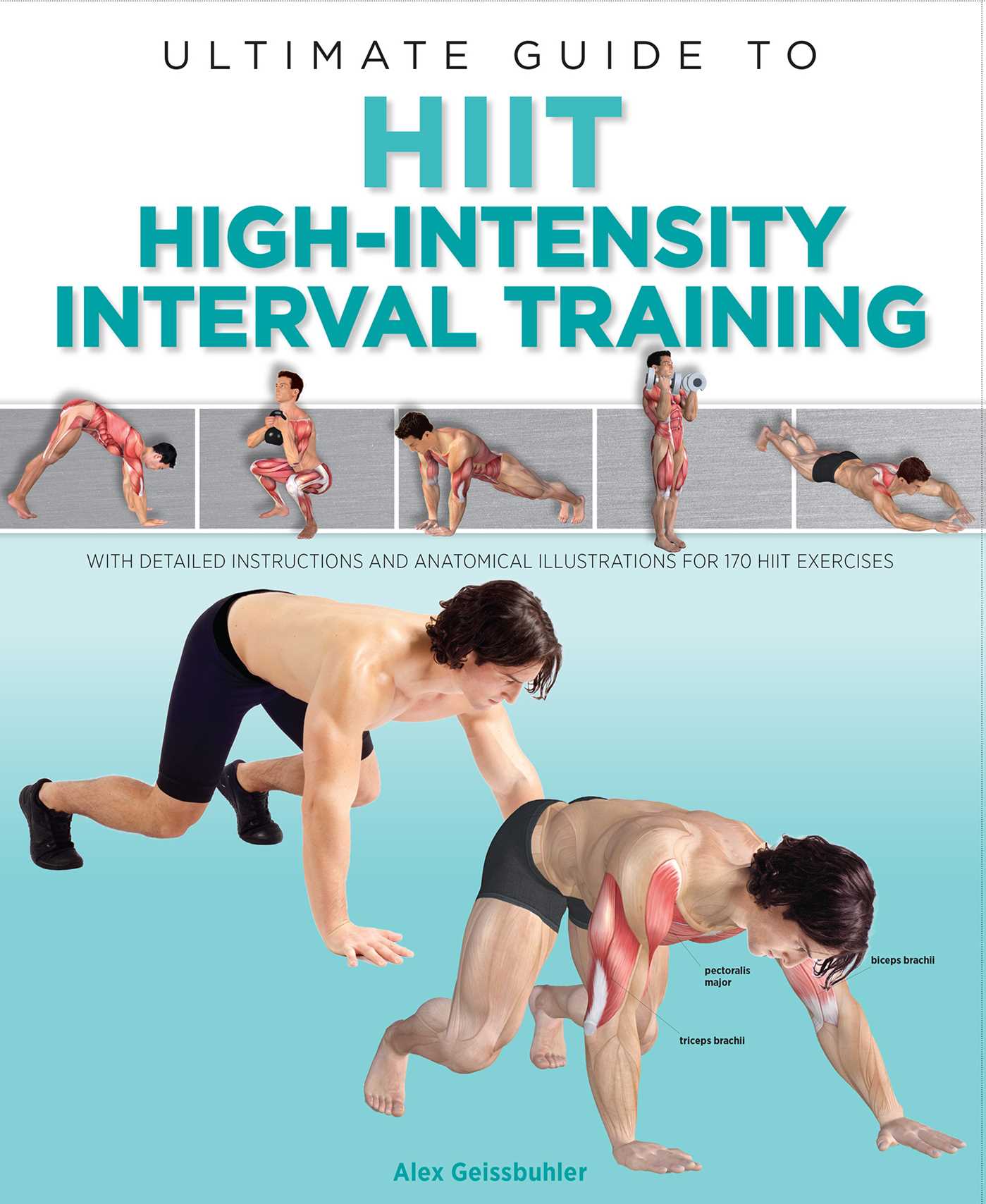Blitz News Digest
Stay updated with the latest trends and insights.
HIIT: Sweat Now, Shine Later
Unleash your potential with HIIT! Sweat now for stunning results later. Discover tips and workouts to transform your fitness journey today!
Understanding the Benefits of HIIT: Why Sweat Now for Long-Term Gains?
High-Intensity Interval Training (HIIT) is a popular workout method that alternates between intense bursts of activity and fixed periods of less-intense activity or complete rest. One of the main benefits of HIIT is its efficiency; in just a short time, you can achieve a significant boost in cardiovascular fitness and burn more calories compared to traditional steady-state cardio. Not only does this make HIIT an appealing option for those with a busy schedule, but it also leads to long-term gains in metabolic function, allowing your body to continue to burn calories long after your workout has ended.
Additionally, HIIT is known for its versatility and adaptability, making it suitable for individuals of all fitness levels. You can tailor workouts to fit your personal goals, whether you're looking to enhance endurance, build strength, or lose weight. Incorporating a variety of exercises in a HIIT routine can keep workouts engaging and prevent the boredom associated with monotonous gym sessions. Ultimately, embracing HIIT now can set the foundation for a healthier lifestyle, ensuring that your efforts today yield sustainable benefits in the future.

Top 5 HIIT Workouts for Beginners: Get Started on Your Fitness Journey
High-Intensity Interval Training (HIIT) is an effective way for beginners to rapidly improve their fitness levels. By alternating between intense bursts of exercise and brief periods of rest, HIIT allows you to burn a significant amount of calories in a short time. This approach not only enhances cardiovascular health but also boosts your metabolic rate. For those just starting their fitness journey, here are the Top 5 HIIT Workouts for Beginners that you can easily incorporate into your routine.
- Jumping Jacks: A classic warm-up exercise that gets your heart rate up. Aim for 30 seconds of jumping jacks followed by 30 seconds of rest.
- Bodyweight Squats: Engage your legs and core by performing squats for 30 seconds, resting for 30 seconds afterward.
- High Knees: This exercise not only works on your lower body but also your coordination. Do high knees for 30 seconds with a 30-second break.
- Mountain Climbers: Get into a plank position and alternate bringing your knees toward your chest rapidly. Try this for 30 seconds, resting for 30 seconds between sets.
- Burpees: A full-body workout that combines a squat, push-up, and jump. Start with 30 seconds of burpees followed by 30 seconds of rest.
How HIIT Transforms Your Body: The Science Behind the Sweat
High-Intensity Interval Training (HIIT) is a revolutionary workout method that combines short bursts of intense exercise with periods of rest or lower-intensity exercise. This approach not only elevates your heart rate but also maximizes calorie burn during and after your workout. According to numerous studies, HIIT can increase metabolic rate for hours post-exercise, leading to greater total calorie expenditure compared to traditional steady-state cardio. This effect, known as excess post-exercise oxygen consumption (EPOC), is crucial for those looking to transform their bodies efficiently.
The magic of HIIT lies in its ability to improve cardiovascular fitness and increase muscle strength simultaneously. Research shows that engaging in HIIT can enhance both aerobic and anaerobic performance, allowing you to push your limits further than ever before. Over time, this results in a toned physique and improved overall endurance. In addition, the varied nature of HIIT workouts keeps your routine fresh and engaging, which is vital for maintaining motivation and consistency in your fitness journey.